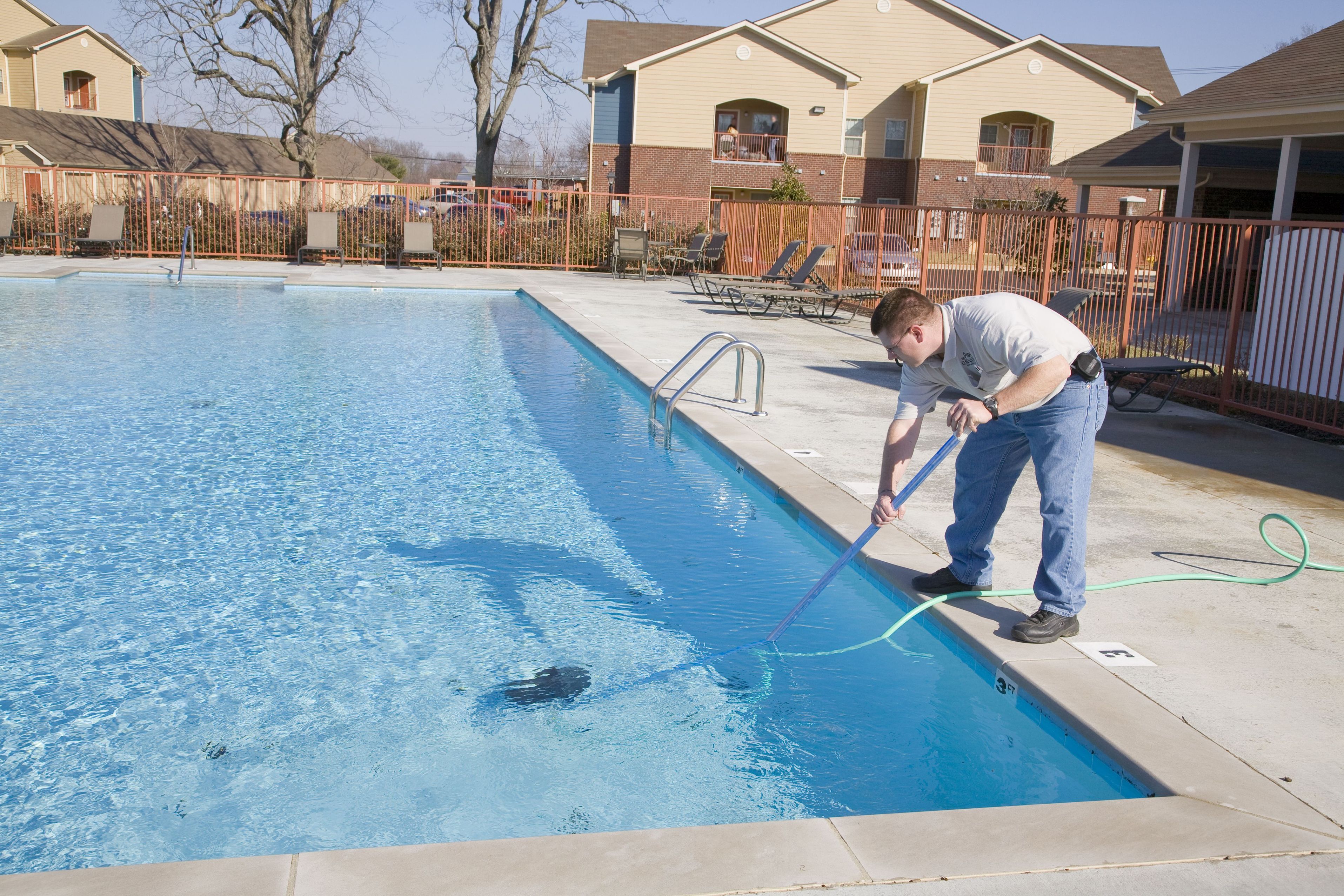As you drive down the road, a stray dog suddenly runs out in front of your car. You slam on the brakes to avoid hurting the animal, and the car comes to a sudden stop. Even though the streets are wet, your car stopped quickly and did not skid. Thankfully you have anti-lock brakes. But how do these brakes work? Here is information on anti-lock brakes from your brake repair service in Oklahoma City.
Skid Resistance
The purpose behind all anti-lock braking systems is skid resistance. When tires skid, they slide, and sliding tires provide almost no traction. When you eliminate skidding, traction is better and so is stopping power and control. There are four parts to a standard anti-lock system, which your car brake repair service in Oklahoma City checks out, the pump, speed sensor, controller, and valves.
Pump
A brake pumping system keeps the pressure at an even level. For example, when the brake pedal gets pressed, the pressure drops in one part of the system. The pump ensures the pressure stays adequate everywhere for proper braking.
Speed Sensor
How can you tell when a wheel starts to lock in place? The speed suddenly changes. Speed sensors let the system know when it is time to spring into action.
Brake Valves
The brake valve opens to allow the master cylinder to pressurize the brake lines. When the valve closes, the connection between the master cylinder and lines get blocked. The valve can also release some of the brake pressure when needed.
Brake Controller
The controller is the system’s computer, and it oversees the valves and speed sensors. It can sense speed differences in each wheel and makes sure the speed stays the same by raising or reducing pressure to the wheel. These brakes need special care, and your car brake repair service in Oklahoma City is there to help.

